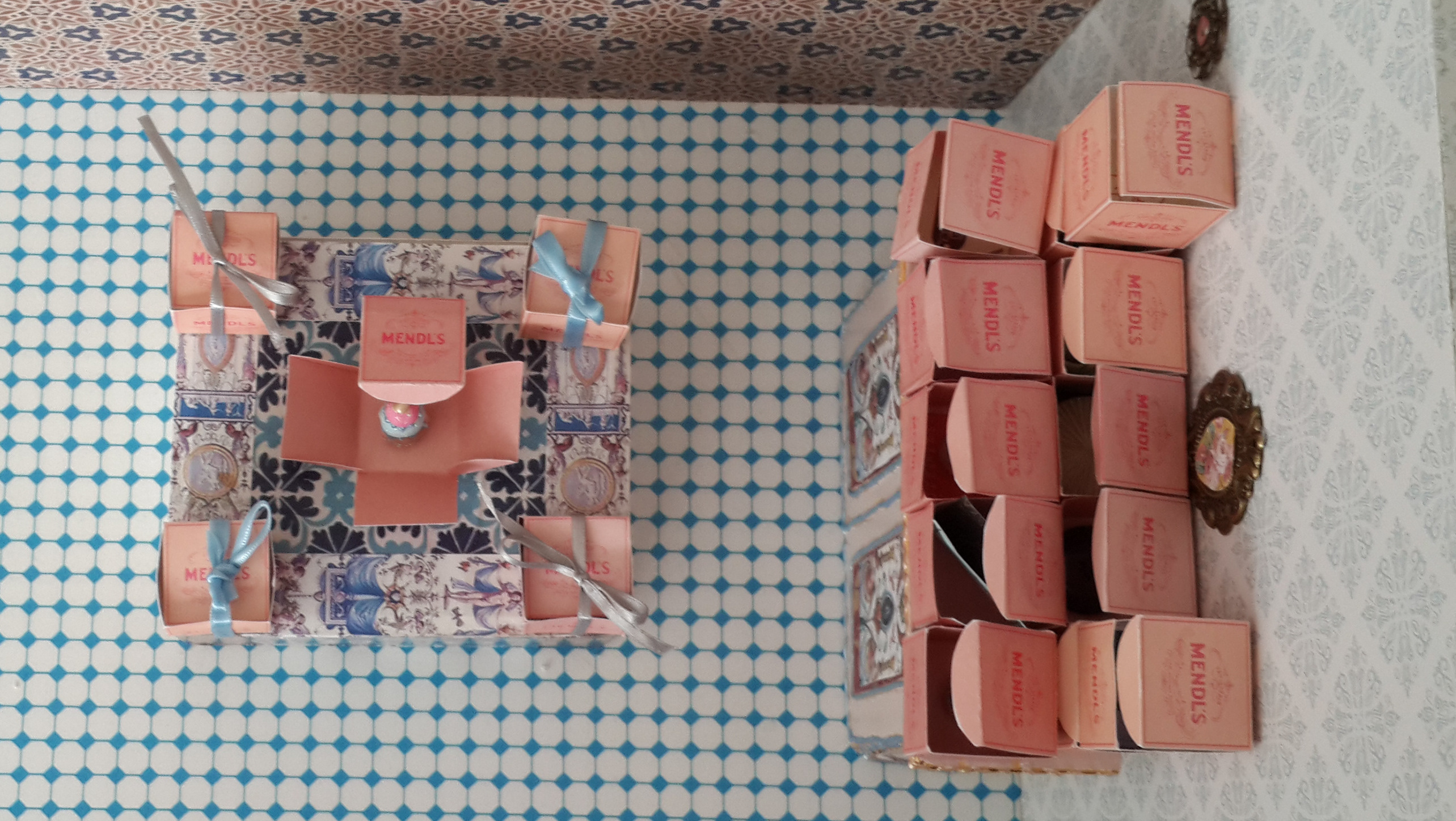I had an online poster presentation in Cumulus 2023 Conference.
Abstract;
Felting is a traditional and contemporary process of making surfaces from fibers such as wool, by compressing fibers with water and alkaline. I am making textiles with this method because it is an ancient craft method used by nomadic people. I am specifically interested in feltmaking made by Turkish nomads, namely Yoruks. What I am trying to do is to research this process through a more-than-human lens. Felting means a lot to me as a researcher and designer, but it also has a personal meaning to me, which I try to reflect on my research.
As Tsing writes, “human nature is an interspecies relationship” (2012, p.144). For designers, it is important to explore how humans and nonhumans are in relation, and to recognize the bifurcation of nature (human-nature divide). In many ways of knowing such as indigenous/traditional knowledge, humans and nature have a nonbinary relationship. I think of ways to listen to nonbinary definitions of human-nature, and acknowledge it in this research through understanding wool as an entity.
Wool as a material and a renewable resource has many layers of cultural meanings and significance. It is an animal fiber, which may come from sheep, camels, alpaca, rabbit, and other animals. In Norway, it is a material that protects from the cold weather and there is a rich tradition of using wool yarns and textiles for clothing. Wool and its usage in artifacts such as textiles can be traced back to ancient civilizations. Through history, wool had an important role in the daily life, economy and culture of many societies. Wool also has unique properties such as its insulating properties, durability, flame resistance and its ability to absorb and release moisture.
While there are many resources on wool and its history, qualities for designers, this research aims to take another approach, taking wool as a nonhuman agent relevant to all other-than-humans. It explores wool’s relationship and role in feltmaking process from posthuman and more-than-human perspectives. As a part of this research, the poster demonstrates my relationship with wool material through felting experiments. Felting in itself is manipulating the wool and giving it shape, and I wanted to approach it as not a manipulation but more to observe how it shapes itself, with many wool types and colors. The images all refer to different entanglements of wool through different stages of felting, many were left unfinished/half-felted to demonstrate the process of wool becoming felt.
Photos taken by Camilla Gironi from the conference venue.
Link: https://www.conftool.org/cumulusantwerp2023/sessions.php














